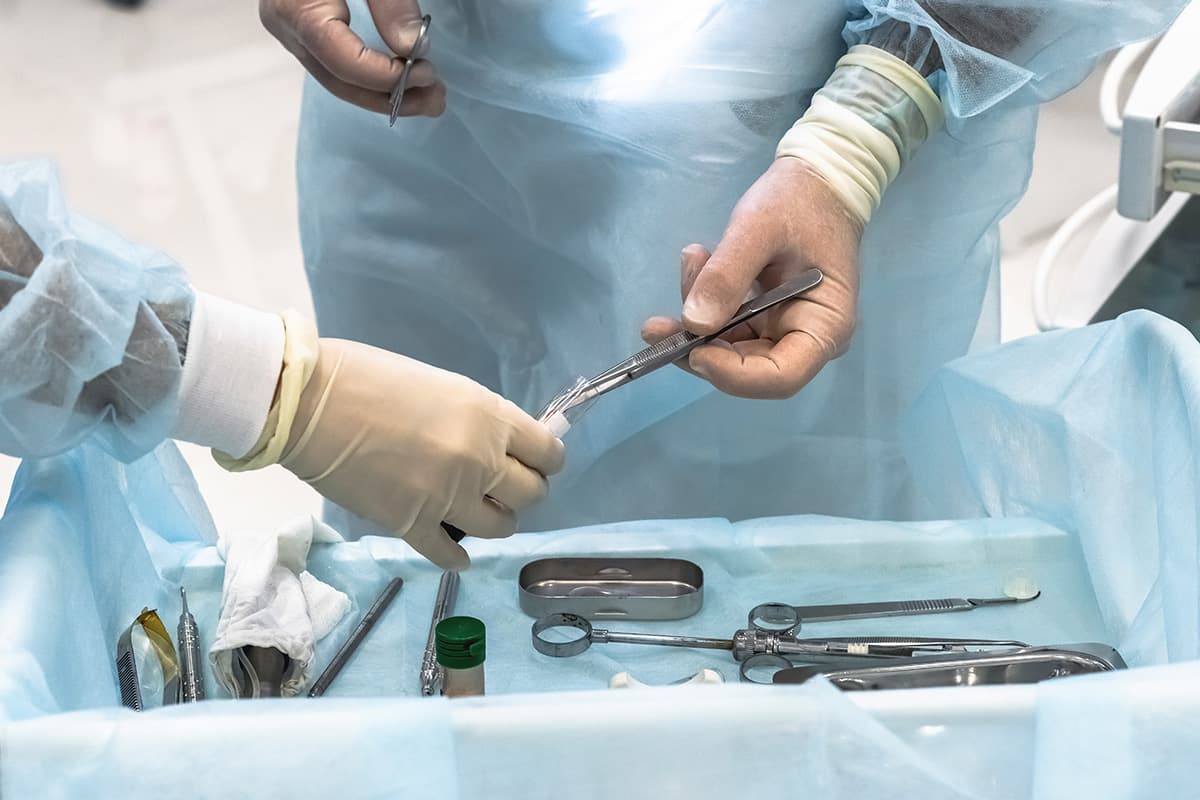When you seek treatment options for one or more missing teeth, there is no other type of dental restoration that is better than bone grafting and a dental implant in terms of both function and aesthetics. A dental implant not only appears identical to a real tooth, but it also functions just like one.
Although most dental patients are prepared to receive a new dental implant, it is not uncommon to require some initial preparation. If you have gone for a long period of time without a tooth, the underlying jawbone tends to begin melting away, a process known as resorption. In this type of case, you would need a bone graft procedure so that sufficient bone is available for your new dental implant to be firmly anchored within your mouth.
Bone Grafting During Dental Implant Surgery
Receiving your new dental implant is usually a two-stage process. The first stage involves the removal of the damaged tooth, when present. The second stage involves preparing the jawbone for surgery. This is when a bone graft procedure can occur. Bone grafting involves replacing and regenerating lost bone, which can also help restore facial contours that may have been affected by bone resorption. The bone graft procedure provides a solid foundation for a dental implant.
Bone Grafting Procedure: What To Expect
At Lovett Dental Pasadena, bone grafts are part of our specialty dental services. This is a minimally invasive procedure requiring minimal downtime. Following your bone graft, your jawbone will have sufficient strength to support your new dental implant. Although the procedure is a simple process involving a few steps, it can have a profound effect by offering lasting stability for your dental implant.
To begin, you will receive general anesthesia, putting you into a deep and restful sleep. Next, we will start your surgery by forming an incision in the area that the graft will be placed. We then shape the bone tissue so that it fills the area. Once it has been put into place, we will seal the incision using stitches.
After Your Bone Grafting Procedure
Any discomfort you experience following a bone graft is similar to what is experienced from other dental procedures or tooth extraction. Most patients find any pain or discomfort minor, temporary, and easily controlled using an over-the-counter pain reliever or a cold compress.
It is normal to experience a degree of facial swelling after bone grafting. To minimize the swelling, you can place ice onto the affected areas for a day or two to minimize inflammation or bleeding. When you sleep, it helps to prop yourself up in bed. Take any needed medications as directed to help minimize discomfort and swelling.
Many patients find that eating a diet of room temperature foods and liquids helps following their bone graft procedure. Cold soups, milkshakes, smoothies, and juices are good food choices that help calm inflamed tissues. Some room temperature foods that are appropriate include scrambled eggs, oatmeal, pudding, mashed potatoes, or puréed fruit.
Try to avoid foods that require a lot of chewing so that your healing process is speeded up. For the first two or three weeks after your bone graft procedure, you should avoid eating hard, sharp, or crunchy foods so that they do not impact the bone graft site.
It is recommended that you sleep propped up on your back with your head elevated to prevent blood pooling at the bone graft site. By sleeping this way, you can help to minimize swelling. If you are unable to sleep on your back, you may sleep on the side of your body unaffected by oral surgery.
Lovett Dental Pasadena Can Assist Your with Your Bone Grafting Needs
If you are ready to undergo a dental implant procedure or other specialty dental services, you deserve the best care possible. If you are curious to learn more about bone grafting, contact Lovett Dental Pasadena by either completing our convenient online form or calling at 281-998-8800 today to schedule your initial consultation.







